General Printing Terms Glossary

CMYK
CMYK stands for Cyan, Magenta, Yellow, and Black (Key), which are four main ink colors that will be used in most printing. Those colors are formed by the layered tiny dots to become the color and imag...

Bleed
Bleed means the extra margin of space around the design that extend past the trim line, it's usually about 1/8 inch (3mm). It is for ensure the printing pieces is cut to size and will not left any unw...
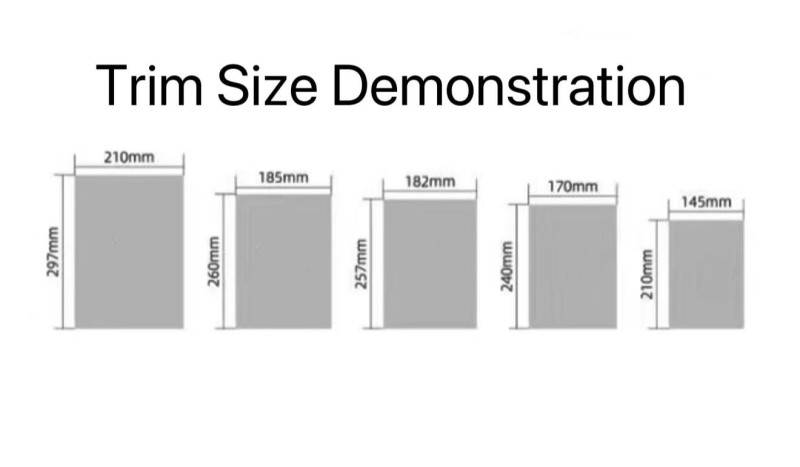
Trim Size
Trim size means the final size of the printed piece after all cutting and finishing is done, such as if you're designing a flyer that will be 8.5" x 11", then that is your trim size.
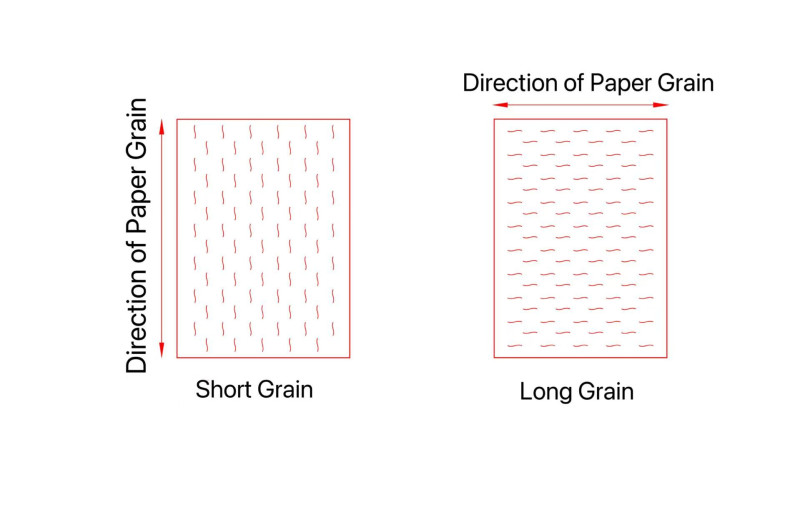
Paper Grain
Paper grain is the way how fibers line up naturally in a sheet of paper, it just like wood has a grain, so does paper. Therefore, when folding or binding along the grain will ensure a smoother and cle...
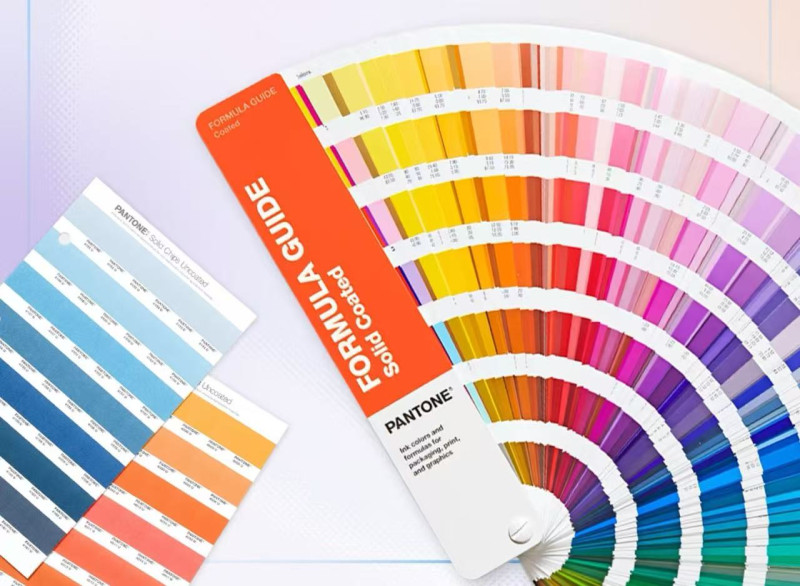
Pantone(PMS)
Pantone is a standardized color matching system used in printing and design to ensure color consistency across materials and devices, and each Pantone color is identified by a unique code, which makes...

Signature
What does signature mean in book printing? In book printing, a signature is a group of pages printed together on a large sheet of paper, then folded, trimmed, and bound to use as a section of the b...
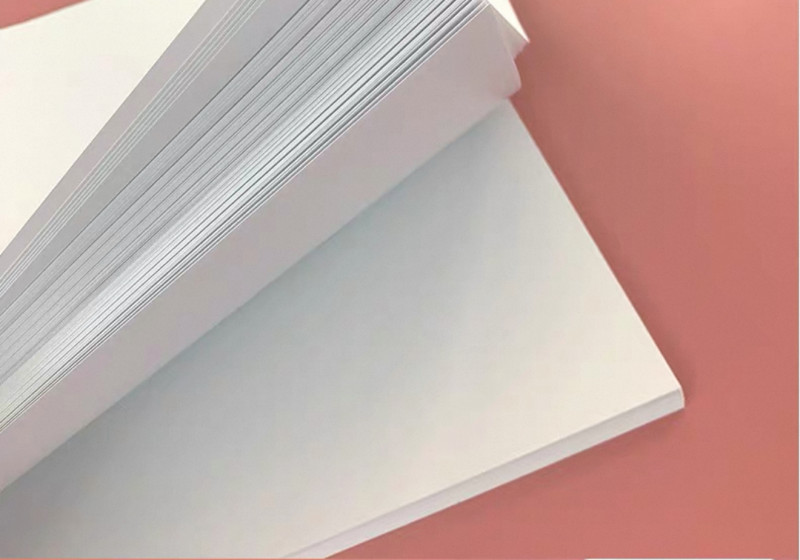
Matte Art Paper
Matte art paper is coated but has a dull, non-reflective finish, it has a smooth touch and is a great paper choice to print images with soft colors and minimal shine. It is commonly used for high-end ...
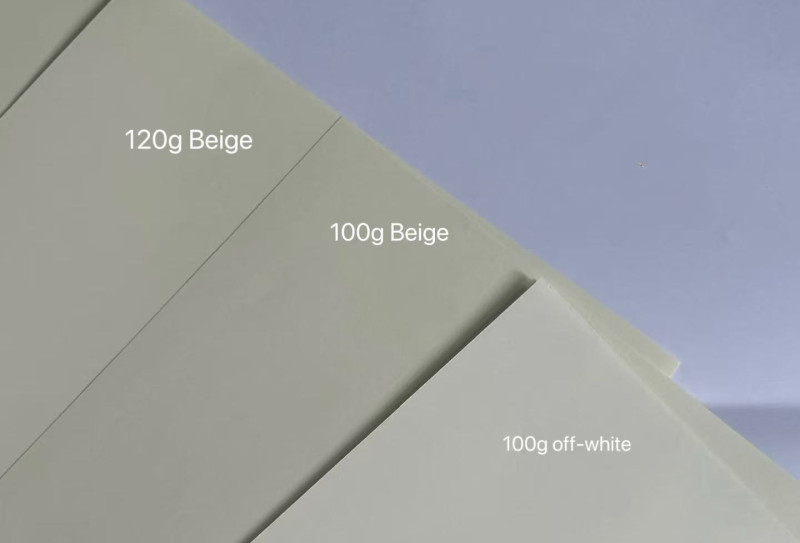
Dowling Paper
Dowling paper is an uncoated paper that is often used for novels, notebooks, and office printing. It has a soft, slightly textured feel and is easy to write on, which is similar to book paper and has ...
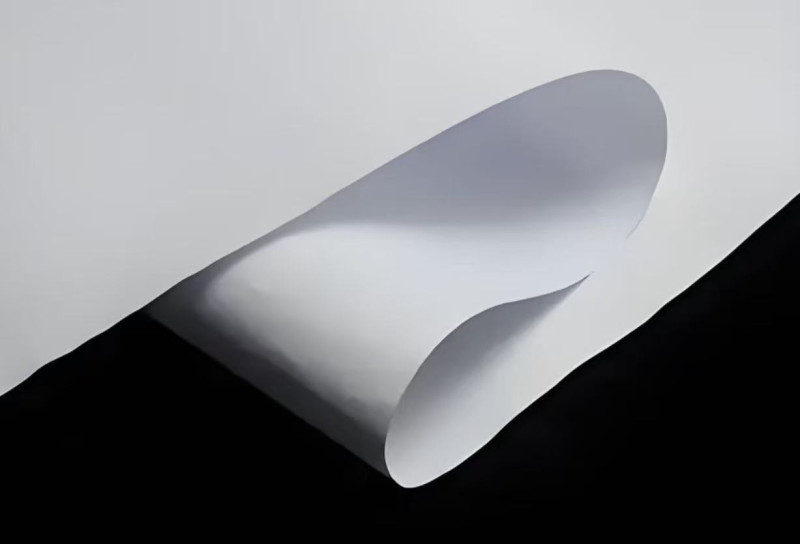
Offset Paper
Offset paper is an uncoated paper commonly used for writing, textbooks, notebooks, and letterheads, which is great in absorbing ink and provides a natural look as well as suitable for both printing an...
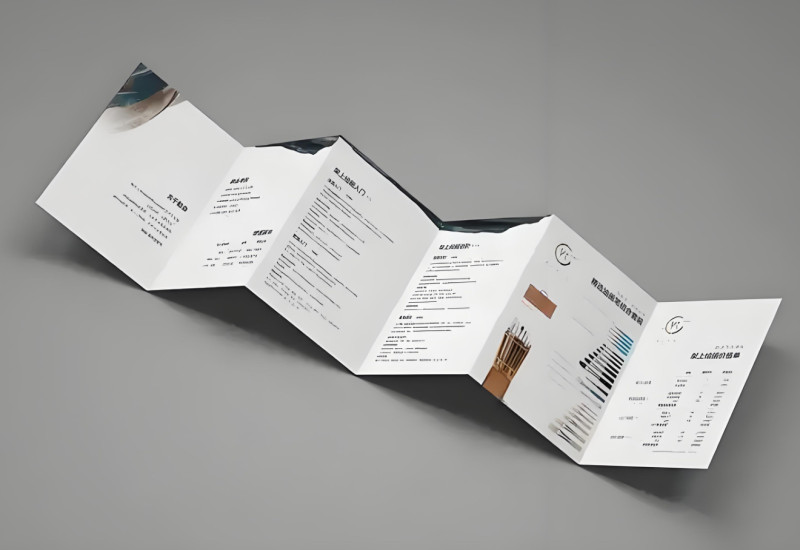
Folding
Folding in book printing is the process of bending large printed sheets into smaller sections called signatures. These folds organize the pages in the correct order before binding. A single large shee...
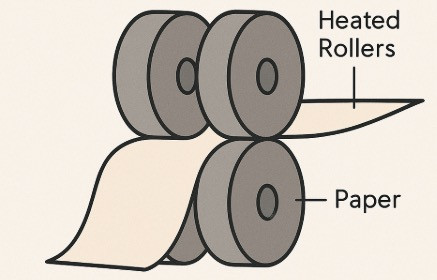
Calendering
Calendering is a finishing process, the paper will pass through a series of heated rollers to make the surface smoother and glossier. This process improves the paper’s printability by tightening the...
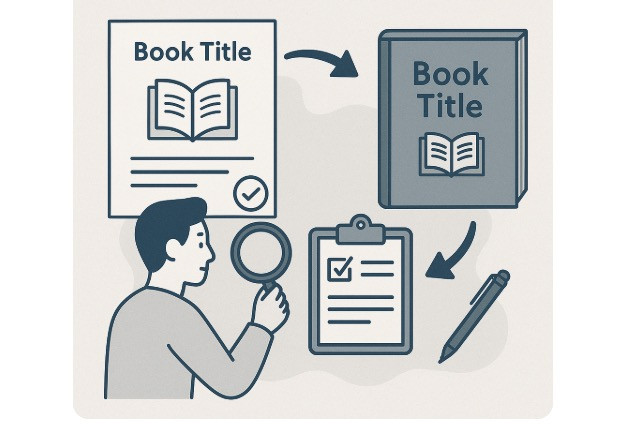
Proof
A proof refers to a sample version of a printed project created before the final print run, which allows authors, designers, or clients to review how the book is going to look like, and checking for i...
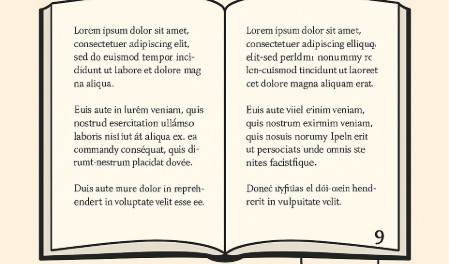
Folio
What does folio mean in the world of book printing? In book printing, a folio refers to the page number printed on each page of the book, it usually located at the top or bottom margin. Folio F...
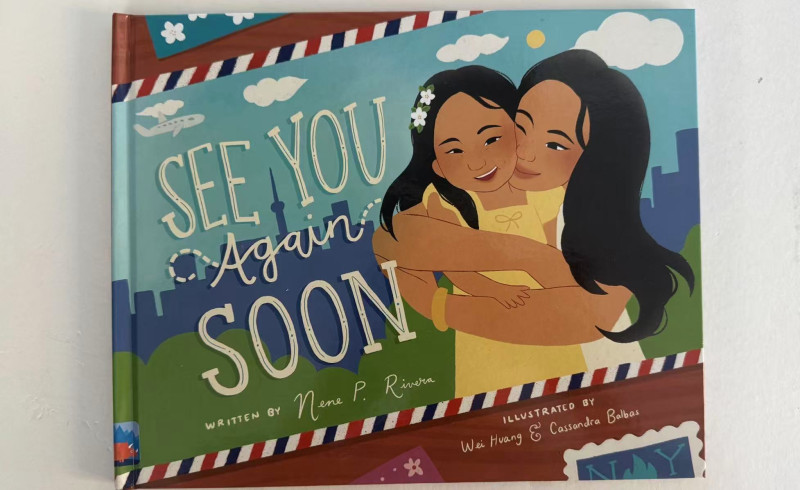
Landscape
In book printing, the term landscape refers to the orientation of a page or book, where the width is longer than the height, which it can apply to any printing content that can benefits from wide-form...
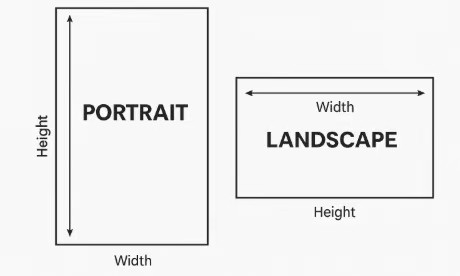
Portrait
In book printing, the portrait refers to the vertical orientation of a page or book, where the height is longer than the width. Portrait FAQ Q1: How is portrait format different from landscape f...

Justification
Justification means aligning text to ensure both the left and right sides of a paragraph are straight and even, which makes the page look neat and formal. Justification FAQ Q1: What is text just...
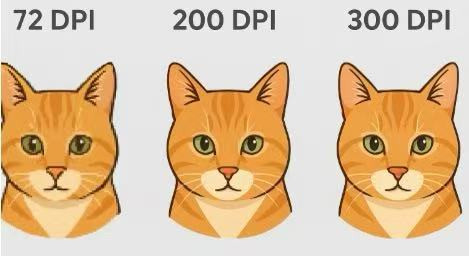
DPI
DPI refers to a measurement of how many tiny dots of ink a printer can place in one inch of paper, the higher DPI is, the sharper and more detailed the printed image appears. For example, 300 DPI is t...
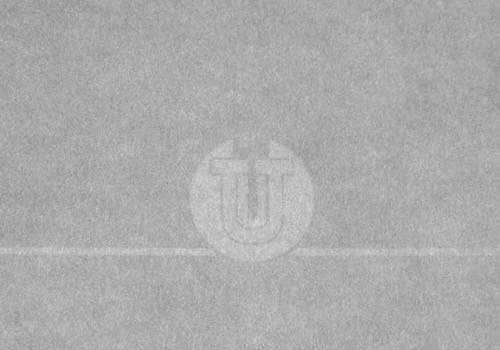
Watermark
A watermark is a light mark or pattern that’s built into paper when it’s made, which normally it's only clear in visual when you hold the paper up to the light. Watermarks are used to show the pap...
